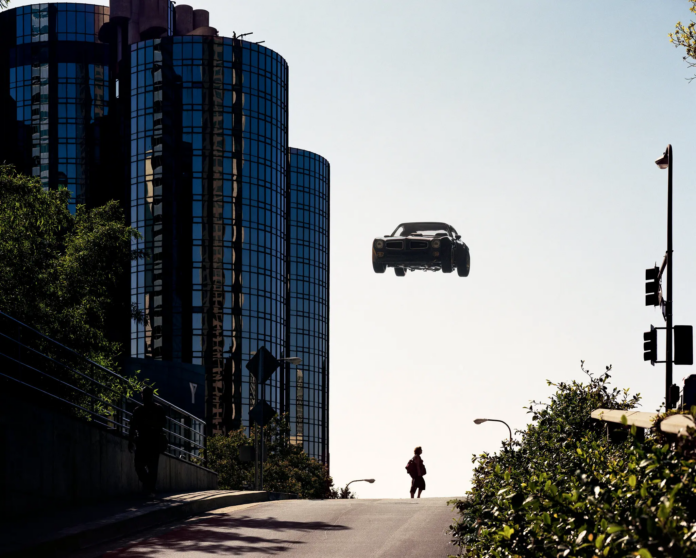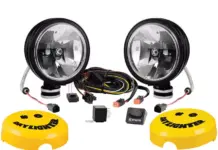“There are three goals a society can have for its energy usage. One is to use less. That is, arguably, the goal that took hold in the 1970s. “Reduce, reuse, recycle” is the key mantra here, with the much-ignored instruction to reduce coming first for a reason. Today, that ambition persists in the thinking of degrowthers and others who believe humanity courts calamity if we don’t respect our limits and discard fantasies of endless growth.
The second goal is to use what we use now, but better. That is where modern climate policy has moved. The vision of decarbonization — now being pursued through policy, like last year’s Inflation Reduction Act — is to maintain roughly the energy patterns we have but shift to nonpolluting sources like wind and solar. Decarbonization at this speed and scale is so daunting a task that it is hard to look beyond it, to the third possible goal: a world of energy abundance.”
“His titular flying car stands in for all that we were promised in the mid-20th century but don’t yet have: flying cars, of course, but also lunar bases, nuclear rockets, atomic batteries, nanotechnology, undersea cities, affordable supersonic air travel and so on. Hall harvests these predictions and many more from midcentury sci-fi writers and prognosticators and sorts them according to their cost in energy. What he finds is that the marvels we did manage — the internet, smartphones, teleconferencing, Wikipedia, flat-screen televisions, streaming video and audio content, mRNA vaccines, rapidly advancing artificial intelligence, to name just a few — largely required relatively little energy and the marvels we missed would require masses of it.”
“But Hall’s book is worth struggling with because he’s right about two big things. First, that the flattening of the energy curve was a moment of civilizational import and one worth revisiting. And second, that many in politics have abandoned any real vision of the long future. Too often, the right sees only the imagined glories of the past, and the left sees only the injustices of the present. The future exists in our politics mainly to give voice to our fears or urgency to our agendas. We’ve lost sight of the world that abundant, clean energy could make possible.”
Source: Klein, E. (2023, January 8). The dystopia we fear is keeping us from the utopia we deserve. The New York Times. https://www.nytimes.com/2023/01/08/opinion/nuclear-fusion-flying-cars.html?searchResultPosition=3
Analysis: I liked the emphasis on the icon of a flying car, a motif that has shown up for years and hallmarks a futuristic utopia. It gives me ideas about what flight could look like and also potential experience design within the park and realm of aviation. Like the author of the article, I too struggle with the book they mention because it is so careless to the consequences of pushing forward with no regard to anything else. It denies the idea that everything is interconnected and progress doesn’t happen in a vacuum, which is so frustrating and at a complete juxtaposition to our foundations. Perhaps there’s a middle ground?




